Someone attempted to kill a former president of the United States. Live on camera. The would-be assassin failed, but the moment did produce one lasting, indelible image: Donald J. Trump, fist raised, blood streaming down his face, an American flag soaring triumphantly overhead.
The effort to minimize the assassination attempt started moments after the shots rang out. CNN’s initial headline was “Secret Service rushes Trump off stage after he falls at rally.” Why did he fall, out of the blue? Who knows! NBC described Trump being evacuated “after popping noises [were] heard” at the rally. The Los Angeles Times said Trump was “whisked off stage after loud noises rang through the crowd.” USA Today said it was after “loud noises startle[d] [the] former president.” “Startled”?! He’d been shot in the ear, escaping death only because he’d turned his head at the last minute! The inanity of it all was too much to bear — and these headlines were all issued after the Associated Press had confirmed what anyone with a social media feed knew to be the case: someone had shot at the former president.
Journalists may have been unimpressed but the broader culture took notice. 50 Cent released a meme superimposing Trump’s face over his own at a concert where he performed “Many Men,” a song about an attempt on his own life. Even the TikTokkers, not exactly Trump’s target demo, had to admit: Trump, fist raised, yelling “fight, fight, fight,” as blood dripped off his face, was cool. And an American flag as the backdrop? C’mon.
Naturally, those who control the flow of information could not deny the power of the image, but they could bury it. A photo editor from a major outlet told Axios that newsrooms should memory-hole the image, warning against “free PR” for Trump. Media across the country, having witnessed Trump’s favorability ranking rise right after the shooting, followed the anonymous journo’s advice. The image fell by the wayside not only in newsroom coverage, but across the web. Facebook, Google and other search engines allegedly suppressed results further.
In fact, the whole story of Trump’s attempted assassination quickly receded into the background as the election horse race heated up. As author Jay Caspian Kang noted in the New Yorker the week after the attempted assassination, which left local firefighter Corey Comperatore dead and two others gravely wounded: “When I began writing this column, this past Tuesday [July 16, three days after the shooting], around 5:30 p.m. on the West Coast, there were no stories about the shooting in the top slots on the Web sites of the New York Times, the Washington Post, or the Wall Street Journal.”
By late August, coverage had all but ceased. That’s despite a laundry list of unknowns about the attempted killing, from the Secret Service’s delayed response to the threat to unanswered questions about the twenty-year-old shooter and whether outside support might have helped make it easy for him to come within a few centimeters of killing the former president. Instead of scrutinizing a massive administration security failure, CBS News dispatched a team to figure out if Trump really needed the gauze on his ear days after being wounded.
Coverage in the New York Times illustrates the drop-off. Five weeks after the shooting (August 14-21) saw a total of twenty-four Times stories mention the Trump assassination attempt; only one — “Secret Service Pulls From Biden’s Protective Team to Guard Trump” — directly addresses the event, even with an ongoing investigation. One passing mention appeared in a piece titled “The Party’s After-Parties: Once Dreary Democrats Remember How to Have Fun.” Compare that to the events of January 6, 2021. The Times had mentioned “capitol riot” 184 times at the five-week mark. (Democratic operatives had yet to firmly entrench “insurrection” into journalistic talking points.)
A few weeks after the shooting, the media feted itself with its annual Watergate anniversary celebrations. Reporters love to talk about journalism’s role in bringing down Richard Nixon, mythologizing the role of hard-scrabble DC journalists’ pursuit of truth as a force in politics. We are reminded that without Woodward and Bernstein to keep the story alive, Nixon might have skated. So what are we to conclude when the press leaves the story of an attempted presidential assassination to die on the vine? Journalists didn’t hound the incompetent head of the Secret Service from office; Republican elected officials did, chasing her through convention halls and hauling her before Congress. Many members of the media were busy running cover for her agency.
There was one element the punditocracy has wanted to talk about throughout: that it definitely didn’t inspire the attempt, and that Trump voters blaming them for the possibility were horribly wrong. Shortly after Trump was released from the hospital, CNN declared: “MAGA media vehemently assailed the press for its hard-knuckled reporting on Trump, which has sounded the alarm on what four more years under the former president would look like.”
The Washington Post justified the dismissive coverage of the attempted assassination by lamenting that people just don’t get how important it is to avoid “the enduring impact of… fleeting, first-draft reporting.” That excuse might hold water if the mainstream media had a reputation for holding their fire on fast-breaking stories that appeared to confirm their priors, too. But that isn’t the case. Remember the Covington Catholic scandal, where the press leapt to blame a group of students wearing MAGA hats for allegedly harassing a Native American elder on the Capitol Mall in 2019? They tarred, without evidence, a group of teenagers as racists and miscreants, emblematic of the hateful hearts of Trump voters everywhere. The Times accused them of “surrounding and jeering a Native American elder.” Rolling Stone said the images were “a disturbing and eerie echo of angry white mobs yelling at Black Americans for protesting Jim Crow-era discrimination.” Eventually CNN and the Washington Post settled libel lawsuits with one of the teenagers. Do you have any idea how high the bar is to successfully accuse a newspaper of libel? And yet leading outlets almost got away with it, because these kids had on MAGA hats.
But no matter. The “fact-checkers” have gone back to their work of dutifully smoothing out wrinkles that are inconvenient for Democrats. In its rundown of “misinformation” after the shooting in Pennsylvania, AP included the idea that Biden, who told Democrats the week before to put Trump in the “bullseye,” bore any blame for the shooting. Why might someone think the press played a role in convincing someone that Trump ought to be eliminated? Perhaps it was the repeated insistence Trump was some kind of Nazi. The New Republic’s print cover the week before the shooting was of Trump’s face melded with a famous drawing of Hitler’s. If Trump was as bad as the press habitually asserts, why wouldn’t someone try to stop him?
If there was any rush to judgment involved in the coverage, it was the media’s rush to blame Trump for his own bloodshed. ABC’s Martha Raddatz pointed to Trump’s previous “bloodbath” comment as a potential culprit. MSNBC’s Joy Reid said Trump’s own incitement played a role. CNN’s Jamie Gangel took issue with the way Trump stood back up after getting shot. Then there were those who claimed it was a hoax.
While you might think something as dramatic as a public assassination attempt would be reason enough for the press to dial down the temperature about Trump, it hasn’t been. They are already back to calling him a would-be authoritarian.
Perhaps, after the election, the press will take the time to revisit all this. But in the meantime, given the potential of the events to help Trump in 2024, it appears the story of a presidential candidate nearly killed under mysterious circumstances that include government failure, is destined for the ashbin of recent history. A pity the victim had an “R” next to his name.
This article was originally published in The Spectator’s October 2024 World edition.



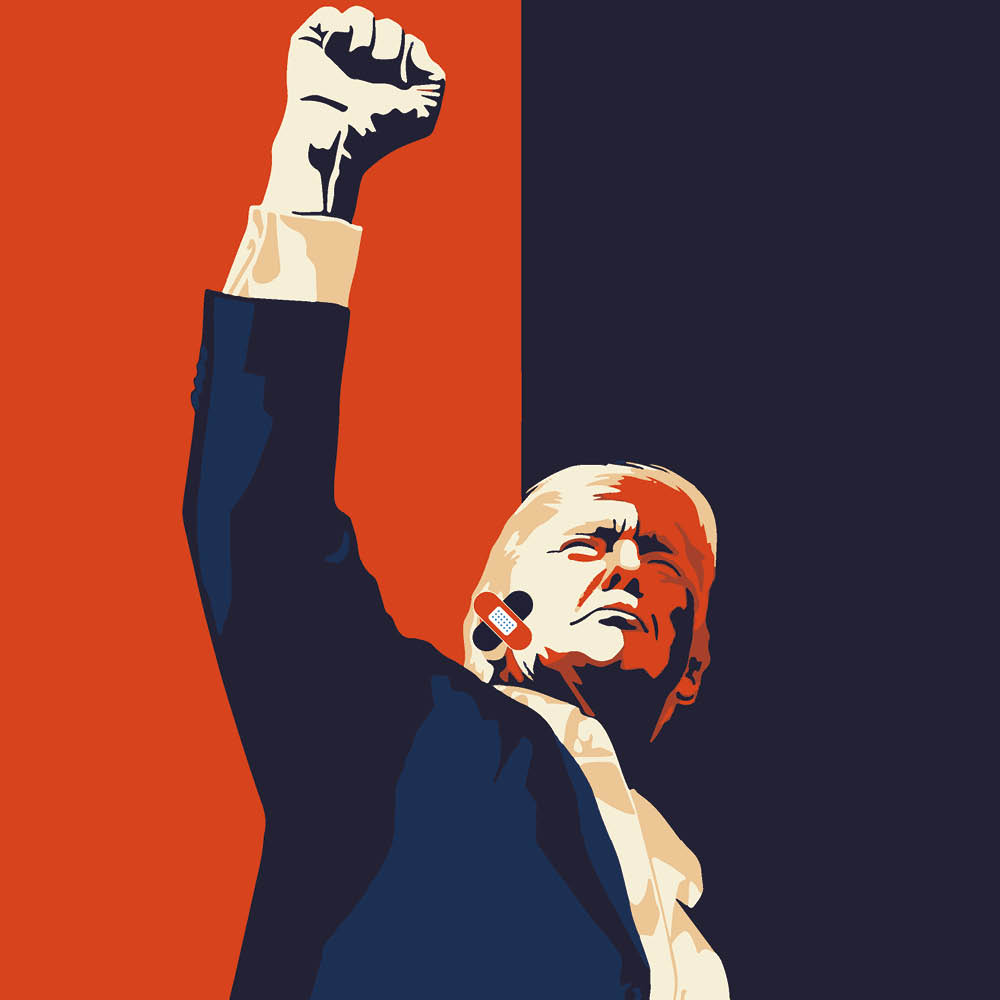







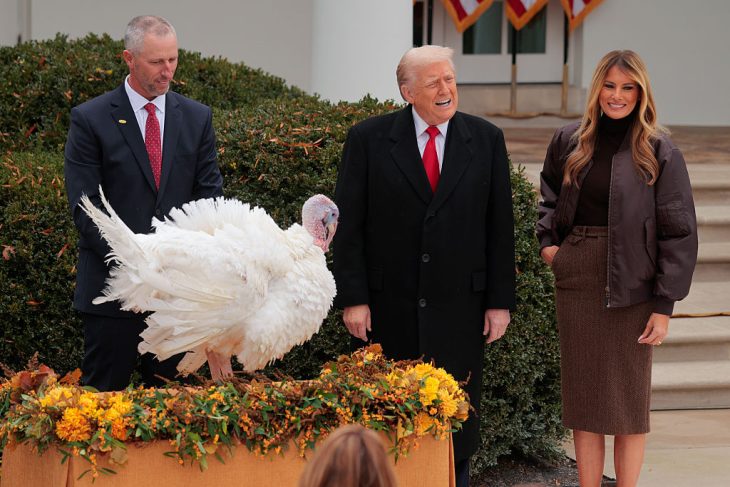
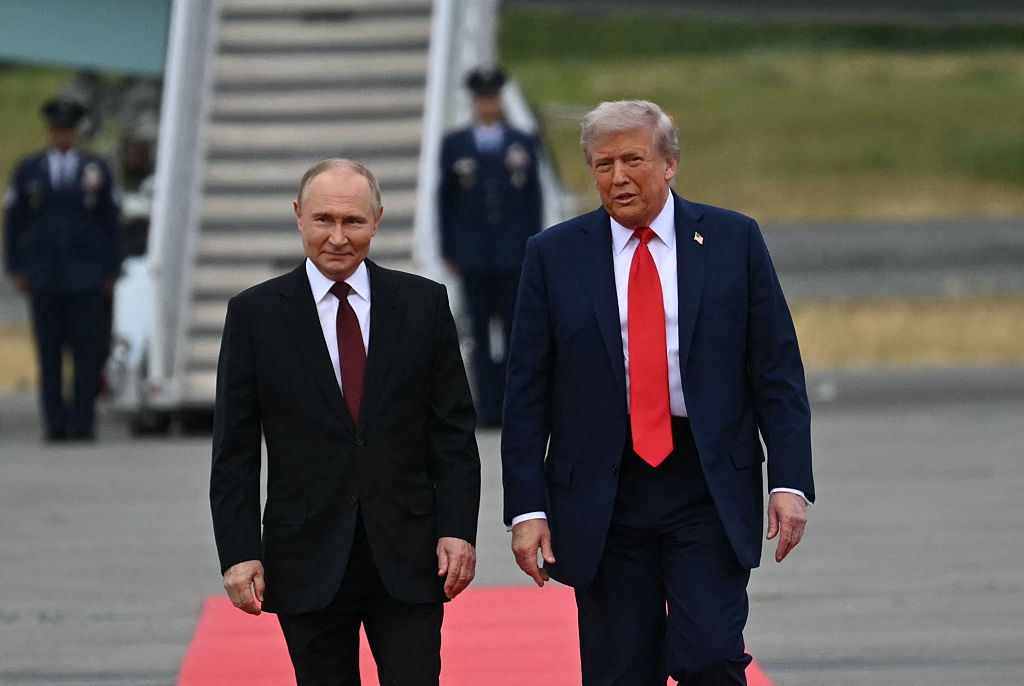
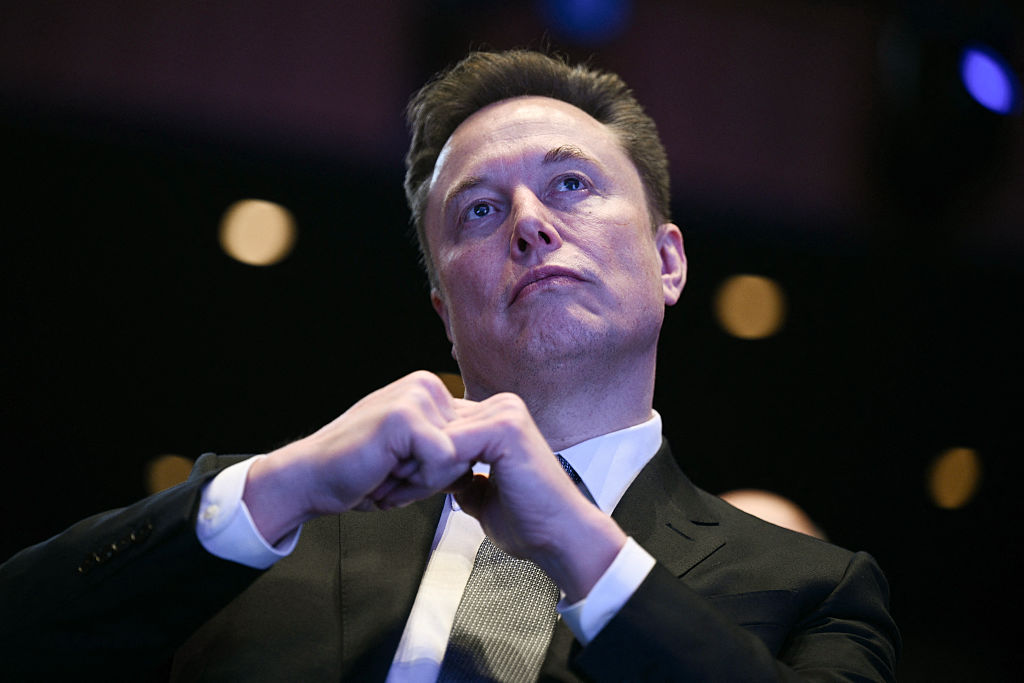
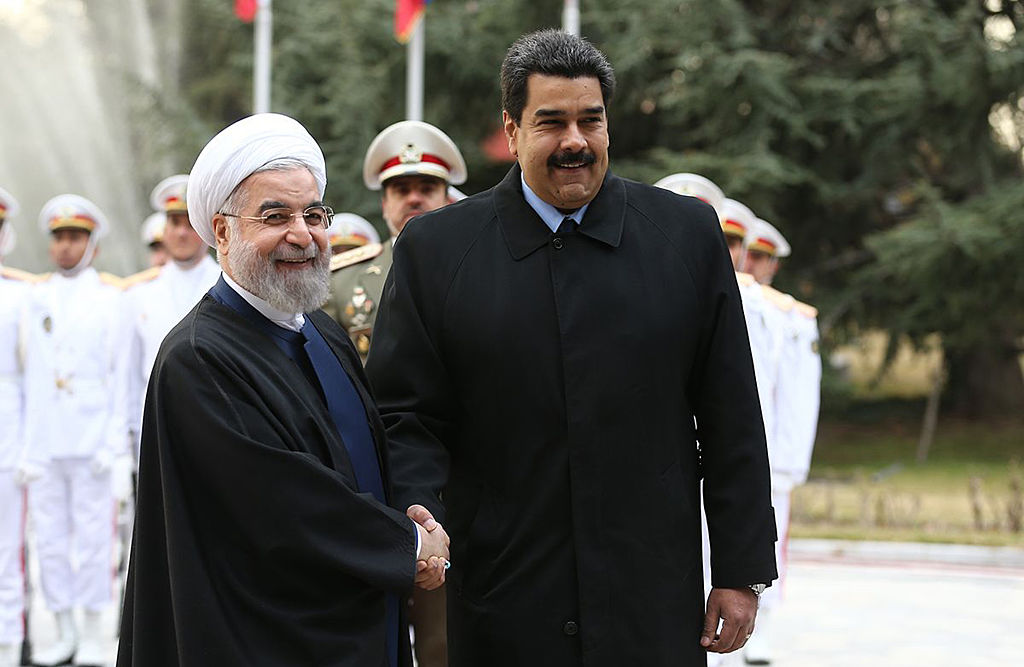
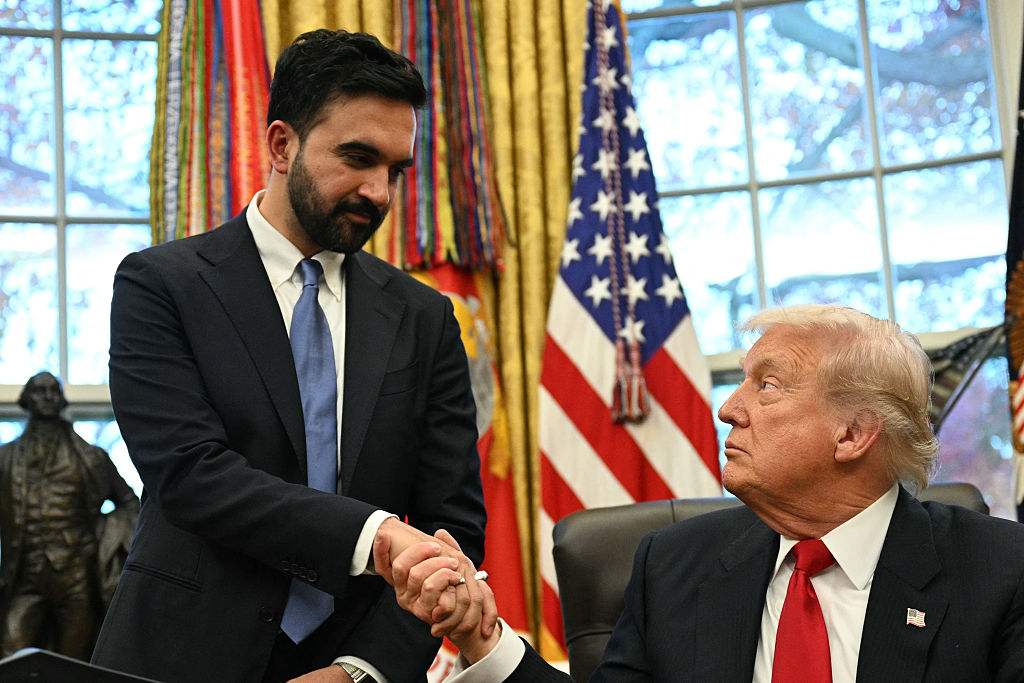







Leave a Reply